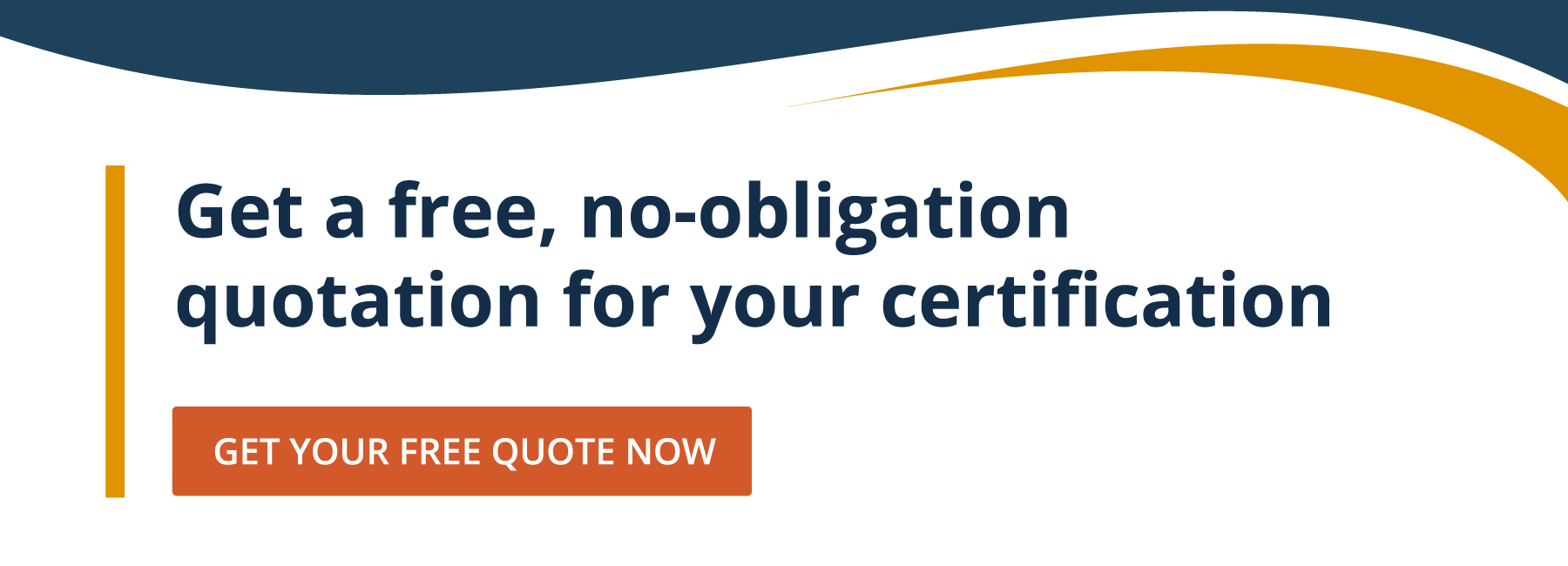Caring for the environment and protecting the planets natural resources is not only the preferred strategy for ethical business, but also the essential course for ethical progress in the field of environmental protection generally.
With sustainability at the forefront of public consciousness, ISO 14001 has been developed to set the industry standard for universal Environmental Management Systems (EMS) at an international level. Demonstrating a commitment to upholding sustainable ethics, ISO 14001 certification aims to protect the environment and reduce waste.
Providing businesses with practical tools to manage their environmental responsibilities, the ISO 14000 requirements are defined by 10 different proactive sections to facilitate a Plan/Do/Check/Act management method. Differentiated by staged processes, clauses 1-6 relate to the plan, 7-8 relate to action, and clauses 9 and 10 relate to the check and act stages respectively. To become fully ISO 14001 compliant, these ten stages must be understood and successfully implemented.
1. Scope
This predetermines the remit of the proposed EMS . To remain congruent with a brand's environmental standards and ethics, there must be interlinking evidence to marry the common practice business with your aims and objectives. This sets the scene for the achievement of notably improved sustainability.
2. Normative references
Relating to an evaluative standard, this clause has been continually carried over from previous ISO’s to reflect known issues reflecting the maintenance of an order to the keep a Plan/Do/Check/Act management plan.
3. Terms & definitions
This section explains relevant terms and definitions. Divided into four categories, the section defines the appropriate terms and conditions for environmental protection. They include organisation and leadership, planning, support and operation, and performance evaluation and improvement.
4. Context of the organisation.
Each business faces its unique individual challenges. Environmental matters will differ in size and subject. Clause 4 recommends all mandatory regulations which require compliance be adhered to. A thorough assessment of any potential risks and complications should be explored at this stage of the development of the EMS.
5. Leadership
Establishing strategies, as well as encouraging and monitoring progress towards shared goals and values are examples of strong leadership. Motivating staff to perform to the best of their ability, acting responsibly whilst respecting and adhering to a coherent EMS is an integral characteristic of ISO standards. Managers also have a responsibility to uphold the quality, prolongation and continuity of the EMS and to Lead by example.
6. Planning
Productivity is maximised, facilitating effective decision making when the planning processes associated with ISO 14001, are made explicit. Conducting a balanced SWOT analysis will protect and progress a brands lifecycle and its EMS. Be clear about where you are going and develop the steps to determine how you will get there to ensure effective planning.
7. Support
Organising adequate and effective support is a critical component of the ISO 14001, ensuring that sufficient resources are in place to streamline communication and standardise documentation to keep the EMS relevant.
8. Operation
Regular repeat assessment and evaluation of a brands carbon footprint and environmental impact is imperative to a successful EMS. From manufacturing, transportation and product disposal, tasks situated within the scope of the EMS require documentation to monitor environmental impact. Contingency plans are also required to account for unforeseen circumstances that could negatively impact upon the planet. These processes should incorporate solutions to the risks identified in Clause 6.
9. Performance evaluation
Establishing a robust process by which to regulate an EMS will facilitate reassessment and auditing of operations. A brand requires systematic management reviews to allow it to continually improve and progress.
10. Improvements
Aiming for sustained and progressive developments both internally and externally is critical to the success of environmental management. Dedication to improvement will highlight weaknesses and inconsistencies and facilitate the evolution of the organisation as a standard bearer for environmental protection.














 Getting ISO certified in your industry is becoming more and more critical as the competitive landscape tightens. Maintaining an advantage over your competitors is crucial to not only surviving but to prosper in these economic times.
Getting ISO certified in your industry is becoming more and more critical as the competitive landscape tightens. Maintaining an advantage over your competitors is crucial to not only surviving but to prosper in these economic times.